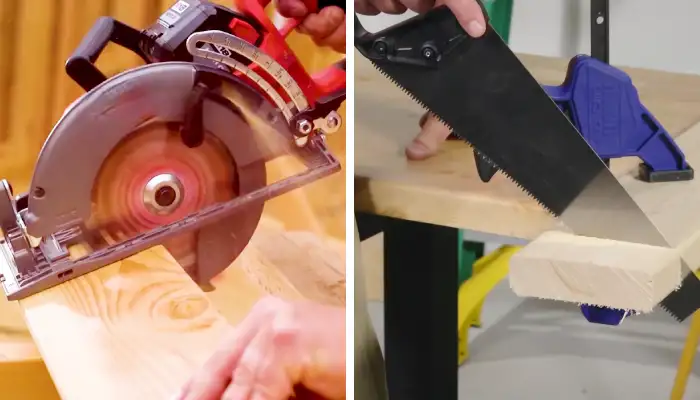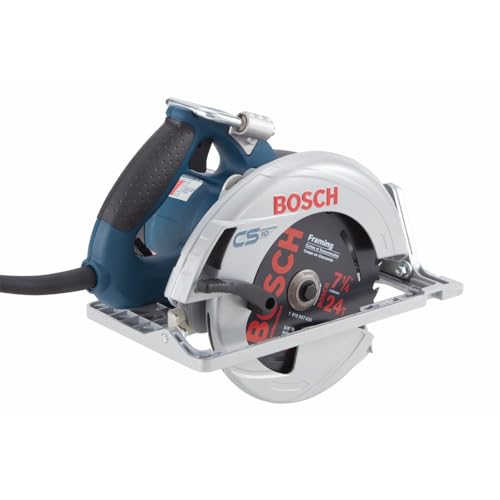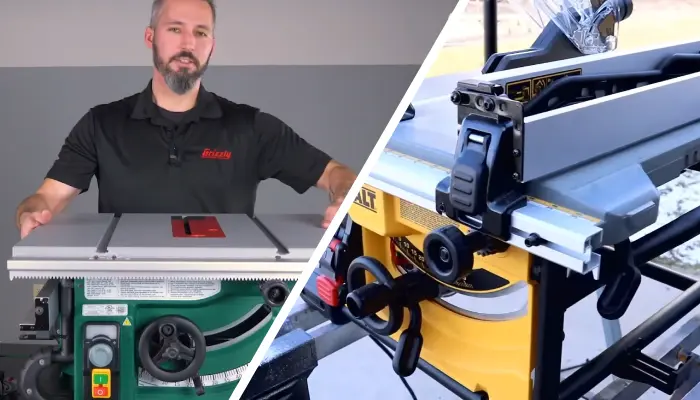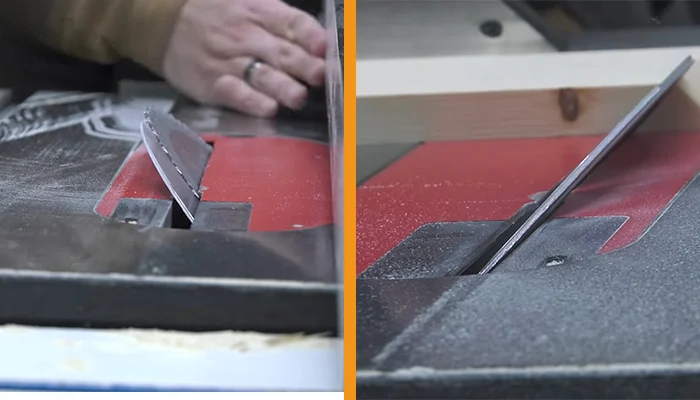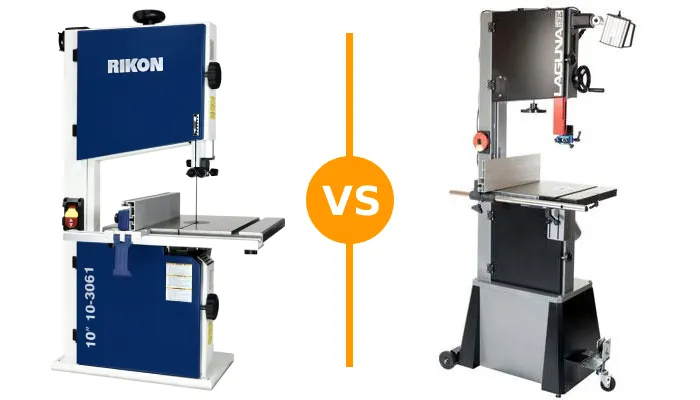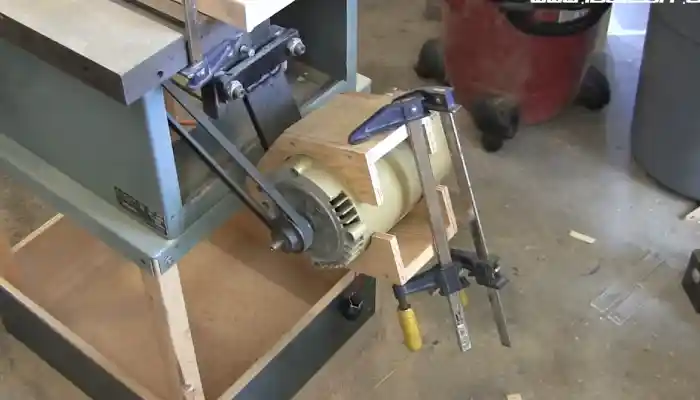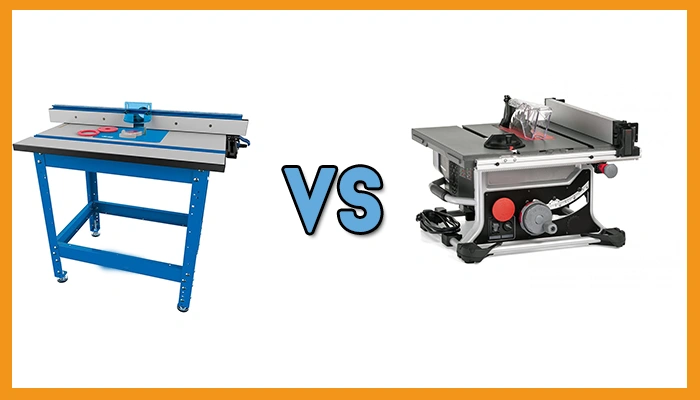Rear Handle Circular Saw vs Regular: 8 Differences
Choosing the right circular saw is crucial for carpenters seeking optimal performance in their projects. As a carpenter enthusiast, I’ve always been curious about the differences between rear handles and regular circular saws.
Based on my findings, rear-handle circular saws offer extended reach, added leverage, and improved visibility, which is ideal for cutting dense materials. On the other hand, regular circular saws featuring top handles provide a more familiar and beginner-friendly grip, often at a lower cost.
As part of this article, I will discuss their differences, including their size, low shoe friction, ease of use and more. So keep reading to discover which saw is better suited for your projects.
- X2 LXT Power: Dual battery technology boosts performance.
- Brushless BL Motor: 5,100 RPM for efficiency and power.
- Automatic Speed Change: Adjusts speed and torque during cuts.
- Max Efficiency Blades: Up to 70% faster cutting.
- Compact Design: Only 17-1/2 inches long for maneuverability.
- Powerful 15-Amp Motor, 5,300 RPM
- Single Beam Laser Guide
- 51° Bevel Capacity with Stops
- Integrated Dust Blower for Visibility
- Safety Lock and Guarded Trigger
8 Differences Between Rear Handle Circular Saw and Regular for Carpentry
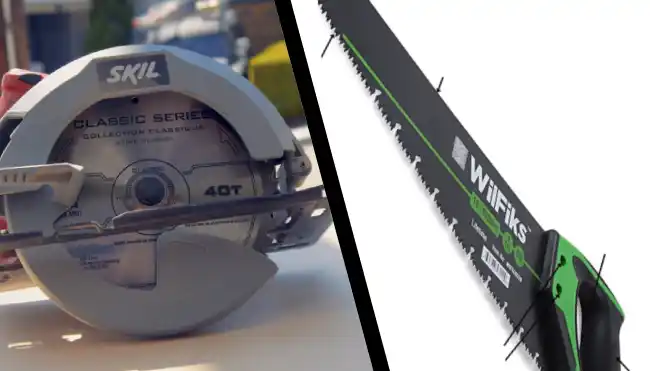
According to my research, I’ve found some key differences between rear-handle and regular circular saws.
- Handle ergonomics
- Reach and maneuverability
- Leverage for precision
- Size and portability
- Unobstructed sightline
- Low shoe friction
- Ease of use for beginners
- Cost considerations
No 01: Handle Ergonomics
When researching a rear handle circular saw, I found that the handle ergonomics are significantly improved compared to a regular circular saw.
The placement of the handle at the back allows for a more relaxed hand position during cuts, reducing fatigue and strain on the wrist and arm. This is especially beneficial during extended carpentry projects, where the repetitive motion of using a circular saw can take a toll on the body.
In contrast, the regular circular saw’s handle is on top, potentially causing more strain on the user’s wrist and arm during prolonged use. The top handle design might also obstruct the view, making it slightly challenging to make detailed or exact cuts.
No 02: Reach and Maneuverability
I prefer the extended reach and maneuverability of a rear-handle circular saw compared to a regular one for carpentry tasks.
The longer handle of the rear handle circular saw will allow you to reach further and make cuts in tight spaces easily. When working with large, dense materials, the extended reach of the rear handle saw enables me to navigate through them more efficiently.
In contrast, the shorter handle of a regular circular saw can make it challenging to maneuver in confined spaces and hinder a user’s ability to make precise cuts. Plus, keeping a steady grip on the saw can be hard when making longer cuts.
No 03: Leverage for Precision
The rear handle circular saw is specifically designed to offer enhanced leverage, which is crucial for achieving precise cuts in carpentry. The grip with both hands on either end of the saw allows for greater control and stability, especially during long rip cuts.
This increased leverage ensures that the saw remains steady and provides the carpenter with the necessary support to make accurate and clean cuts.
In contrast, the regular circular saw, with its single-hand grip on the top handle, may lack the same level of leverage. Due to this, it is more difficult to maintain precision when cutting 45 degree angles during challenging carpentry tasks.
No 04: Size and Portability
Due to its design, the rear handle circular saw tends to be larger and bulkier, making it more challenging to transport and store. I think carpenters with limited space may find handling and storing this type of saw particularly inconvenient.
On the other hand, regular circular saws are generally smaller and more compact, offering greater ease of transportation and storage. This size advantage is crucial for carpenters who prioritize mobility on the job.
The smaller size allows for easier maneuverability and makes it more convenient to transport the saw from one job site to another. Furthermore, their compact design can store regular circular saws in tight spaces.
No 05: Unobstructed Sightline
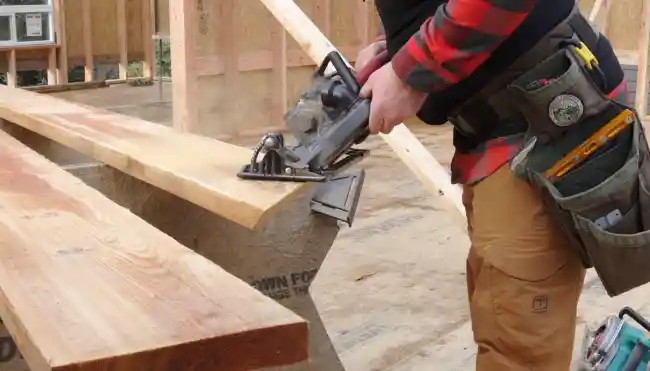
With the rear handle design, carpenters have a clear line of sight to the cutting area, allowing for improved accuracy and precision. The absence of obstructions such as motor housing or top side handles ensures that the carpenter can align the blade precisely with their marks.
Meanwhile, the regular circular saw’s design may somewhat hinder visibility. The motor housing or top side handles can obstruct the carpenter’s view, resulting in slightly less accuracy than with a rear handle model.
I believe the unobstructed sightline offered by the rear handle circular saw is a valuable feature that enhances the carpenter’s ability to make precise cuts.
No 06: Low Shoe Friction
One notable advantage of using a rear-handle circular saw for carpentry is the low shoe friction, which allows for smoother operation on surfaces.
A bit of a weighty design compared to a regular handle saw, the rear handle saws reduce the amount of friction between the shoe and the surface. This results in improved maneuverability and accuracy. This is particularly important when making precise cuts or following a marked line.
Additionally, the reduced friction means less effort from the carpenter to push the saw forward, reducing fatigue and increasing productivity.
In contrast, a regular handle saw has more friction between the shoe and the surface, meaning it takes more effort to get the saw moving. This can lead to inaccuracies in cuts and errors due to fatigue.
No 07: Ease of Use for Beginners
The design of a regular circular saw with a top handle offers a more intuitive grip and control, making it easier for beginners to handle.
And the position of the handle on a rear handle circular saw located behind the blade can feel awkward and less natural. This can make it more challenging for beginners to maintain control and achieve accurate cuts.
No 08: Cost Considerations
I prefer the regular circular saw for its affordability when considering the cost differences between the rear handle circular saw and regular for carpentry.
Rear-handle circular saws are more expensive due to their specialized design and enhanced power. These features contribute to their higher cost, making them less budget-friendly than regular circular saws.
On the other hand, regular circular saws are more affordable. They are also readily available in the market, making it easier to find quality at a reasonable price. But if you require more powerful saws and are willing to spend more, the rear-handle circular saw is worth considering.
Comparison Table Between Rear Handle Circular Saw and Regular
| Feature | Rear Handle Circular Saw | Regular Circular Saw |
| Handle Ergonomics | Improved ergonomics with the handle at the back, reducing wrist and arm strain. | The handle on top may cause more strain and obstruct the view. |
| Reach and Maneuverability | Extended reach for tight spaces and efficient navigation. | The shorter handle may hinder maneuverability and precision. |
| Leverage for Precision | Enhanced leverage for precise cuts, especially during long rip cuts. | The single-hand grip may lack leverage for precision in angles. |
| Size and Portability | Larger and bulkier, challenging for transport and storage. | Smaller and more compact, offering ease of transport and storage. |
| Unobstructed Sightline | Clear line of sight for improved accuracy and precision. | The design may obstruct visibility, leading to slightly less accuracy. |
| Low Shoe Friction | Low friction for smoother operation and reduced fatigue. | More friction, requiring more effort and potentially leading to inaccuracies. |
| Ease of Use for Beginners | Handle at the back may feel awkward; less intuitive for beginners. | The top handle design offers a more intuitive grip for beginners. |
What is a rear handle circular saw good for?
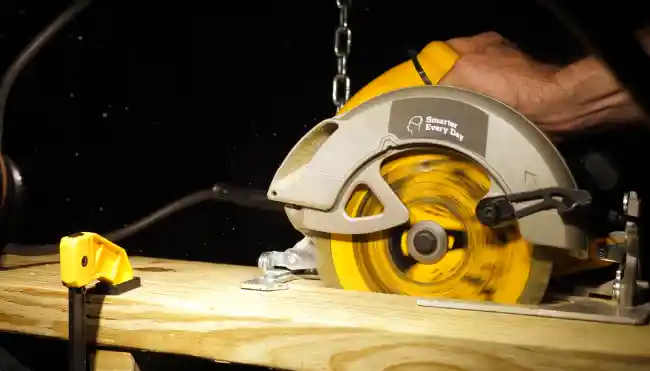
A rear-handle circular saw provides extended reach and increased power for efficient cross-cutting of sheet goods and long rips on framing lumber. Its design allows for better control and stability, making it an ideal choice for carpentry tasks that require precision and accuracy.
The extended reach feature is particularly useful when working with large pieces of wood, as it eliminates the need for additional tools or excessive maneuvering.
Additionally, the increased power of a rear handle circular saw ensures smooth and clean cuts through even the toughest materials. This makes it a valuable tool for professional carpenters who frequently work with heavy-duty lumber or plywood.
Do rear handle circular saws kick back?
While using a rear-handle circular saw, the risk of kickback should be considered. Kickback occurs when the blade binds or stalls in the wood, causing the saw to jerk back towards the user. This can be a dangerous situation, leading to serious injuries.
To minimize the risk of kickback, it’s important to ensure the saw blade is sharp and securely tightened. When sharpening the blade, you should also use a top-quality circular saw blade sharpener.
Additionally, using a riving knife or anti-kickback pawls can help prevent kickback by keeping the wood from pinching the blade.
Can regular circular saws handle precision cuts effectively?
Achieving precision cuts with regular circular saws requires skill and attention to detail. While these saws can produce accurate cuts, they have some limitations that can impact their effectiveness in this regard.
The top handle design of regular circular saws can obstruct the line of sight, making it more challenging to maintain accuracy. Carpenters must develop proficiency in compensating for this limitation by using proper cutting techniques and relying on their experience to guide them.
Additionally, regular circular saws may not have the same level of stability and control as rear handle circular saws, which can affect the precision of cuts.
Are regular circular saws suitable for intricate woodworking projects?
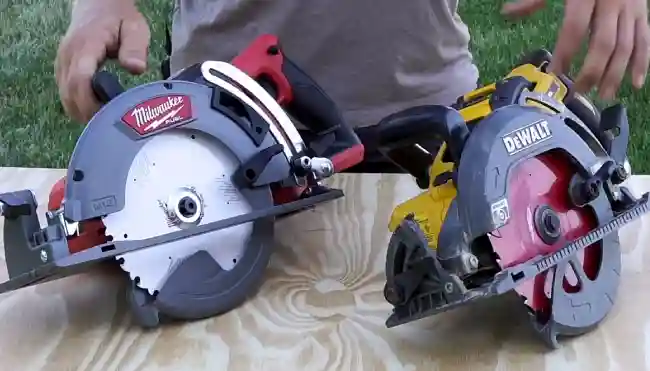
Regular circular saws can be suitable for intricate woodworking projects but require careful attention and proper cutting techniques.
Due to their top-handle design, these saws may not be as maneuverable or ergonomic as rear-handle circular saws. However, with practice and precision, they can still deliver accurate cuts.
Handle or Regular Circular Saw: Which One Should You Use?
In my opinion, the choice between a handle circular saw and a regular circular saw ultimately depends on your project requirements.
Compared to rear-handle circular saws, which provide extended reach, precision control, and enhanced visibility, regular circular saws are familiar, easy for beginners to use, and often affordable.
The decision rests on balancing ergonomic design, cutting efficiency, and the unique demands of carpentry tasks.
By understanding the distinctive features I outlined in this comparison, you can confidently select the circular saw that matches your preferences and project needs.
- Powerful 18V Performance
- Efficient Cordless Operation
- Rapid 5800 RPM Cutting Speed
- Convenient Spindle Lock Feature
- Versatile M18 System Compatibility
- Powerful 15-Amp Motor for Fast Cuts
- Advanced Composite Footplate for Stability
- 56-Degree Bevel Capacity for Versatility
- Unmatched Line of Sight for Accuracy
- On-Tool Wrench Storage for Convenience
Last update on 2025-12-21 / Affiliate links / Images from Amazon Product Advertising API

